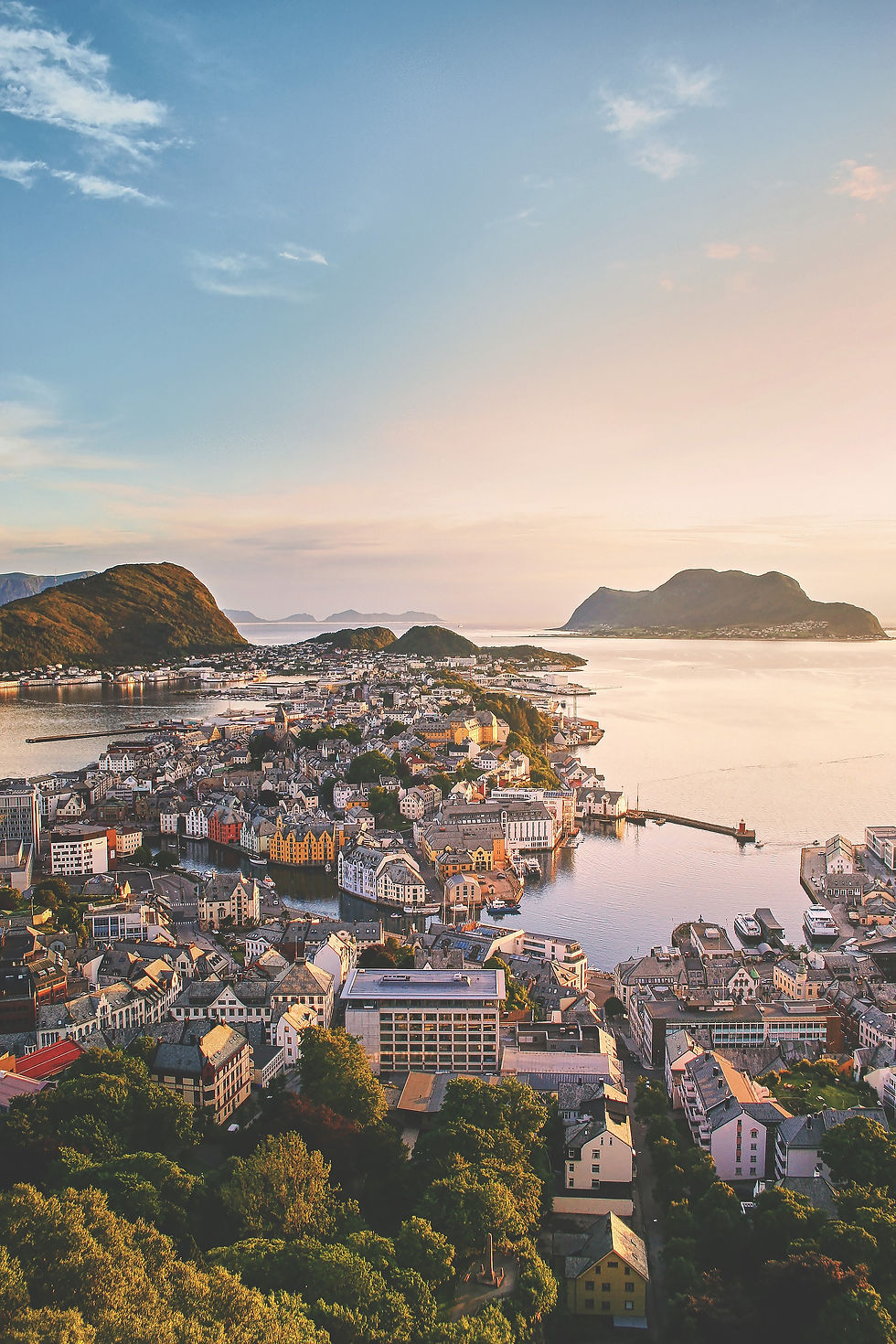Top 3 Healthiest Countries in the World
- Holtarian Writer

- Feb 8, 2023
- 4 min read
Updated: Feb 11, 2024
A country is only as productive as the health of its citizen. The healthiest countries in the world with the highest life expectancy are those with terrific healthcare systems and access to plenty of traditional, organic foods.
These are the three healthiest countries in the world.

1. Japan

The life expectancy in Japan is at 84.7 years. The country has a long life expectancy due to its dependency on the traditional diet of rice, fish, vegetables, and seaweed. The Japanese populace rarely consumes red meat, which has been linked to health problems in the long term, such as cancer and diabetes.
The Japanese tend to be picky eaters. The Japan Ministry of Agriculture, forestry, and Fisheries (MAFF) released a four-minute video clip in 2009 addressing the rising concerns about Japan’s increasing dependency on food imports and the increasing cases of lifestyle-related illnesses such as obesity, diabetes, HBP, and the loss of Japanese food culture which consist of fish, rice, soy, and vegetables. The Japanese are thus urged to eat Japanese so that the Japanese food culture is not lost and the country regains a high self-sufficiency rate. The video blamed health problems on the increasing consumption of Western food, specifically meat and fatty foods.
The clip was from the Food Action Nippon, a movement by the Japanese government to reshape the dietary habits of Japanese citizens. One of the main initiatives of the Japanese government has been to educate its citizens on appropriate food choices. The food action plan has pointed out a concern that Japanese citizens skip breakfast, an important meal of the day, and instead consume fatty foods and ready-made meals at convenience stores.
The slow food movement, which was started in Italy in 1986, has been active in Japan since 1999 and has partnered with the Food Action Plan to promote the richness of rural life, such as cooking traditional Japanese food, using less electricity, signing up for allotment gardens, slowing down at work and building relationships with loved ones.
2. SOUTH KOREA

The Koreans are always fit and healthy, as seen in the Olympics. This is due to their healthy lifestyle and diet intake. As much as the Korean diet consists of protein and carbs, they do eat portions in a well-balanced form. Their meals are also accompanied by a side dish, mainly fermented food, which is good for the gut and improves digestion. The fermented food (kimchi) also aids in boosting immunity and weight loss.
According to the Journal of Ethnic Foods, the principal aspects of the K-diet includes high consumption of vegetables, moderate to high consumption of legumes and fish, and low consumption of red meat. Although Koreans use a lot of salt, they tend to use unrefined, baked, or fermented salt, which has different health effects compared to refined salt, which leads to CVD.
Above all, the Korean lifestyle is an active one. Many Koreans would prefer a walk as opposed to public transport. The Koreans also encourage winding down after a long day. The jjimjilbang is a Korean type of sauna where people can ease their muscles and open their skin pores in hot tubs and kiln saunas with a large resting area with heated floors. This helps Koreans to release stress and improve their mental well-being.
The life expectancy in Korea is reported to be 83.3. Apart from their holistic lifestyle, other factors such as nutritional education, economic and social status growth, and a robust healthcare system are at the forefront of helping Koreans lead better lifestyles.
3. NORWAY

Norway is the third healthiest country in the world, with a life expectancy of 83.3. Since 2002, the Norwegian government has taken over the public health system, which has led to a robust healthcare system.
Like the Koreans, the Norwegians lead an active lifestyle, with a diet full of omega-3 fatty acids. The Norwegian infrastructure is also a significant determinant of the lavish lifestyle in the country, with better employment opportunities. The country has an unemployment rate of 4.1 percent, which is relatively low. Money in the hands of the citizens does not necessarily bring happiness but gives them mental freedom and fewer worries about affording basic needs.
The average household net-adjusted disposable income is £27,767 a year. And for over 15 years, the United Nations Human Development Report ranked Norway as the best country in the world to stay.
Besides the food and great pay, Norway has clean air and water. Ninety-six percent of the population states they are satisfied with the water quality in the country. Norway also has the most significant sales of electric cars in the world due to the high taxes put on gasoline. Over 25 percent of citizens have been encouraged to buy electric vehicles.
Norway is also safe, with about 88 percent of citizens feeling safe walking home alone. The homicide rate is low, at 0.5 percent.
In the world happiness report, the Nordic countries have ranked in the top 10 consistently since 2013. An active lifestyle has also contributed to this.
Friluftsliv, a term coined by famous Norwegian writer Hendrik Ibsen is a kind of a philosophy and lifestyle that Norwegians subscribe to, which advocates for living life outdoors without destroying it and a strong appreciation of nature.
Considering the freedom to roam within Norway, you can pitch a tent or hike on public or private land for recreational purposes.

Recap
If you want to travel or live in a different country for a healthier experience, maybe you can consider one of these countries as it seems life may be great in those parts of the world.
Holtarian is your ultimate go-to source for all of your holistic lifestyle needs & curiosities. Health-conscious and environmentally-conscious people from around the world can enjoy all of the information and resources this platform offers!





.png)


